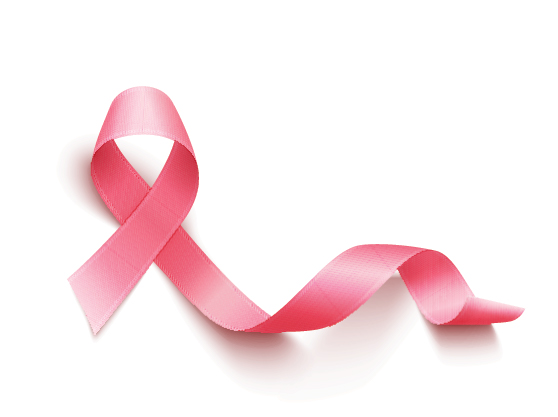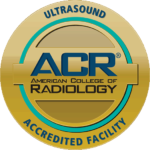
Lumps or abnormalities in the breast are often detected by physical examination, Mammography, or other imaging studies. However, it is not always possible to tell from these imaging tests whether a growth is benign (non-cancerous) or malignant (cancerous). Needing a breast biopsy doesn’t necessarily mean you have cancer, but it is the only way to know for sure.
A breast biopsy is a minimally-invasive procedure performed under local anesthesia to remove cells from a suspicious area in the breast so they can be examined under a microscope and a diagnosis can be determined. The procedure is performed by a radiologist using image-guidance such as Ultrasound, Magnetic Resonance Imaging (MRI)or stereotactic and a hollow needle into which a sample of the suspicious tissue is collected. The image helps the radiologist pinpoint where to extract the sample. Image-guided needle biopsy is not designed to remove the entire lesion but to obtain a small sample of the abnormality for further laboratory analysis.
At UDMI, there are three different types of image-guided biopsies performed. Depending on the size, location, and type of abnormality identified, your radiologist will recommend which image-guided biopsy will be performed.
- Stereotactic:
A stereotactic guided biopsy uses Mammography to locate the suspicious region and to assist the physician with the placement of the biopsy needle. During the exam, you will be asked to lie on your abdomen with your breast gently placed through an opening on the table. A technician will raise the table and, while seated below, the physician will perform the biopsy. Your breast will be compressed using a paddle-shaped instrument, just like a mammogram. Multiple images at different angles may be taken to pinpoint the exact location for the needle placement.
- MRI-Guided:
A physician may use Magnetic Resonance Imaging (MRI) to locate the suspicious area and assist with the placement of the biopsy needle. You will be asked to lie face down on a moveable examination table that slides into the center of the MRI with the your breasts hanging freely into cushioned openings, which contain an MRI coil that sends and receives radio waves to help create the MR images. Contrast will be introduced by a technologist who will insert an intravenous line into a vein in your hand or arm. Contrast is a liquid that enhances the images. Your breast will then be gently compressed between two plates, one of which is marked with a grid, and images will be taken to locate the suspicious area. The radiologist will then measure the position of the lesion with respect to the grid and calculate the position and depth of the needle placement.
- Ultrasound-Guided:
An Ultrasound guided biopsy uses sound waves (Ultrasound) to locate the suspicious area and guide the biopsy needle’s placement. During the exam, you will be asked to lie face up on the examination table or turn slightly onto your side. Your breast will be cleaned and a clear gel will be applied to your skin. The transducer is then used to locate the suspicious area for the biopsy needle’s placement.
Once the suspicious area is found by the imaging technique, you will receive local anesthesia to numb the biopsy area. The physician will make a very small incision to the skin where he or she will insert the biopsy needle. Imaging will continue to be performed simultaneously to further guide the needle. Samples of the area will be extracted with the needle. It is common to take multiple tissue samples. A small metal marker may be placed internally at the biopsy site so that it can be located in the future if necessary. These markers are designed to cause no pain, disfigurement or harm. Biopsy markers are MRI compatible and will not cause metal detectors to alarm.
At the end of your exam, a bandage will be applied to the area and a cold compress will be given. Stitches are not necessary.
The entire procedure takes approximately an hour.
Following the procedure, you can usually resume normal activities though it is recommended to avoid strenuous activity for 24 hours.
Please do not take aspirin or blood thinners 5 days prior to your appointment.

















